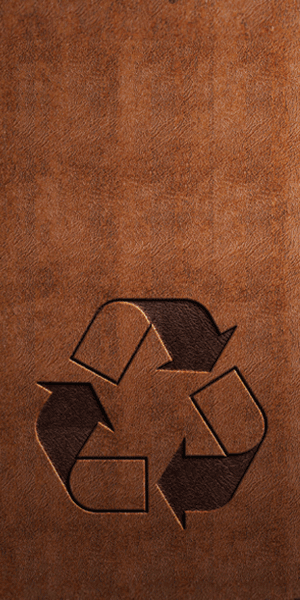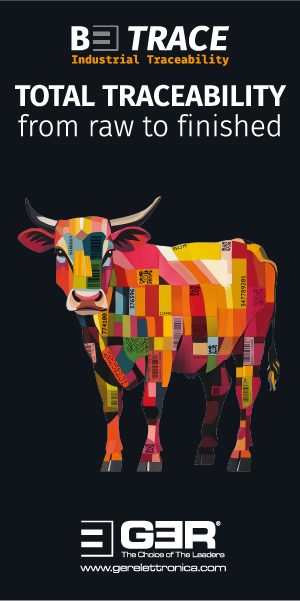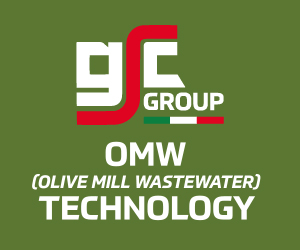Market Intelligence — 11.05.21
Macroeconomics
In the US social spending is rising with a programme costing almost $2 trillion that will be mostly financed by raising taxes for those on high incomes. If this becomes reality, the US will turn massively towards a social state of European style.
The epicentre of the pandemic has shifted to India. The rate of daily infections and the daily death rate are frightening. In several other countries, mostly in SE Asia, the number of infections is rising again, while in Europe infections are on the decline as vaccination rates increase. Europe is still hoping for a normal summer and in many countries the lockdown and curfews are beginning to easy.
Tensions between the EU and China over human rights have intensified and there may be sanctions. This is a difficult situation for exporting countries in Europe because a large part of the business recovery, in particular in Germany, depends on the strong demand from China and the massive growth of export towards that market. The Chinese government is fully aware of the situation. Considering the size of European investment as well the volume of exports, negotiations on this subject are very difficult. Morals against business and jobs is a difficult balancing act.
The US labour market performed exceptionally weakly in April. Unemployment rose and the number of new jobs was far lower than expected. The only good news were that hourly pay rates rose. As a consequence the US dollar fell against the euro and ended the period at levels around $1.21.
Commodities continued to rise. Metals, oil and also agri-products went significantly higher again and continue to fuel the fear of inflation. Many basics are hit by these increases and simple items that nobody bothers about usually are beginning to become an issue. Wool is an example: the price is high, but availability is also becoming an issue. Plenty of products face a similar situation and could hit the budgets of the normal family seriously in the months to come.
Gold recovered and has seen a very strong performance since the beginning of April. The price per ounce went up more than $150.
The oil price stabilised and was not able to break the next level of $70 per barrel.
Leather Pipeline
The second and the third quarters are generally strongly influenced by the change of the seasons and the summer holidays in the northern hemisphere. This is normal. The strange thing is the excitement and frenzy that we sometimes experience at the end of the first quarter, as we did this year. It is hard to explain what can change within the timeframe of just a few weeks.
Until the end of March, things we busy. Players in China in particular were extremely active, owing to the strong recovery of Chinese domestic demand. Any concerns were just wiped away and it was difficult to read the situation along the supply chain. Suppliers in the beef industry were, of course, very happy. People in the tanning industry did not display too much concern either.
Within the past two weeks, large automotive companies, in particular the premium ones from Europe, have published impressive first-quarter results. Production and sales numbers were all strongly up, despite the weak performance of the European market. The rest of the world, with China in the lead, did not just compensate for this but pushed the figures higher than they were in the first three month of 2019, showing that this was not just a positive comparison with the low base of last year when the pandemic began to affect everything.
We are all aware that the furniture upholstery sector also had a brilliant run, starting in October 2020 when raw material prices were still exceptionally low. That’s all in the past now and leaves unanswered the question of what made industry players still so optimistic at the end of March. Did they have large orders that still needed meeting? Was it just speculative, based on almost all commodities surging in price? We will have the answers in the coming weeks.
Automotive companies are still enjoying very good sales, but brand after brand and factory after factory are beginning to send out warning signs or are already cutting production owing to a lack of components, especially semiconductors. Several brands have already shut factories or have slowed production. This could affect automotive production volumes, at least until the end of the third quarter. It’s not easy to work out how this might affect leather demand. In our understanding at least brands are intent on continuing to produce premium vehicles, the most profitable models for which customers are willing to spend big money, while the bread-and-butter models might be the ones that suffer most. For a while leather demand from the automotive sector could remain reasonably stable, despite falling numbers in production.
No matter how good or bad the situation is in the furniture upholstery industry we are now entering the low season for production. Orders will now fade. The next decisive round of business will not take place before September. Furniture manufacturers will decide then how to react to finished leather prices, which will be significantly higher than a year ago.
In China, the cost of wet blue from contract tanners has increased by 200% (and some people are even talking about 300%) against the prices of a year ago. Raw material prices have doubled, chemical cost are between 25% and 50% higher, transport charges need also to be calculated at about 100% more than they were. We might even put the shortage of certain chemicals on top of this. Some of these factors are affecting alternative materials too. It is too early to make calculations, but it’s not too early to discuss the subject.
When we look at the raw material market we need to study the situation in the US as one of the leading raw material supply sources, and in China as by far the largest destination and manufacturing centre. Those two markets will offer us the direction for commodity leathers. When we look at the situation in Europe, we are not just running into the low season of production and demand, but we are also running into the low season of slaughter and raw material supply. The higher-quality tanners in Europe and the tanneries producing for the automotive sector rely on short-term raw material supplies from European abattoirs. They do not have raw material buffers and have to stay in the market, possibly enabling the beef industry to secure the prices it is looking for. This might be in direct conflict with the trends in mass manufacturing.
In our analysis, the price trend is going to be dictated by how the stalemate between large suppliers from the US and the leather industry in China is resolved. The answer to this might be delivered by the physical inventory situation in the main tanning centres in China. Everyone in the business is aware of how many hides have been shipped to China in the last year. Many sources report that a good number of these hides have not yet been processed by finish leather producers. On the contrary, sources report impressive wet blue stocks in the hands of traders and tanners, who sourced more hides when prices were low than they needed to fulfil finished leather orders.
These wet blue hides could find buyers among smaller tanneries in China with fewer financial resources, happy to buy locally held stock that is available for immediate delivery and in the exact quantities they need to meet orders. These wet blue stocks will have a significantly lower average cost compared to the current price of raw materials; the owners, the wet blue processors who invested when hide prices were much lower, may be willing to sell and cash in while profits can still be made. This would take quite a bit of demand for new raw material out of the market. Some buyers will try to analyse what to expect in terms of demand and leather prices after the summer break. This will give them at least another eight or ten weeks to sit back and watch instead of re-entering the market.
This is happening already. In the past three or four weeks, looking at the official export sales numbers from the US, it is pretty easy to see that the Chinese market has already taken a break. Optimists believe that this break will end soon and the pessimists believe that there is enough raw material still in the pipeline to allow the Chinese tanning industry to wait. Time will tell, but the seasonally high kill in the US and the scenario described above could lead to a disconnect in the price situation between Europe and the US. Eventually, the trends will synchronise and the spreads will close again, but it might take a while to sort itself out.
The split market continues as before, with no movement or news.
In Europe, at least, we see a bit more activity in the skins market. This might be related to the seasonal production of new-season lambs, which need to be bought now or never. It could also be that tanners have run their stocks too low and now require replenishment. Whatever the reason, we sense that, slowly but surely, interest in skins is growing again, even if prices have not yet really reacted. The high street fashion houses continue to fancy leather for glamorous outfits. However, the spill into volume consumption and sales on online platforms and among local brands is not yet confirmed. The next two month will be decisive if finished products are to hit the shelves in time for the coming autumn-winter season.
Where do we go from here? We continue to believe that the heat is gone. There are good reasons to believe that the tanning industry and the leather pipeline are taking a normal, seasonal break. The northern hemisphere is now expecting the end of the pandemic. Vaccinations are taking place and sufficient immunity can be reached within the next two or three months. People are beginning to plan holidays in the hope of being able to travel again in the summer. It remains to be seen if they are also planning to return to the shops to buy more leather products.
The drivers of leather consumption will certainly not be in Europe. The campaign against leather continues to leave deep imprints here. China and America are on the rise and are far ahead in private consumption. We never give up and we continue to believe that there are plenty of good reasons why leather demand can recover, but it would be naïve to ignore that all the obstacles related to traceability, animal welfare, chemical restrictions and so on are making the life of the tanning industry more complicated. We must continue to work on it and stay on track.












